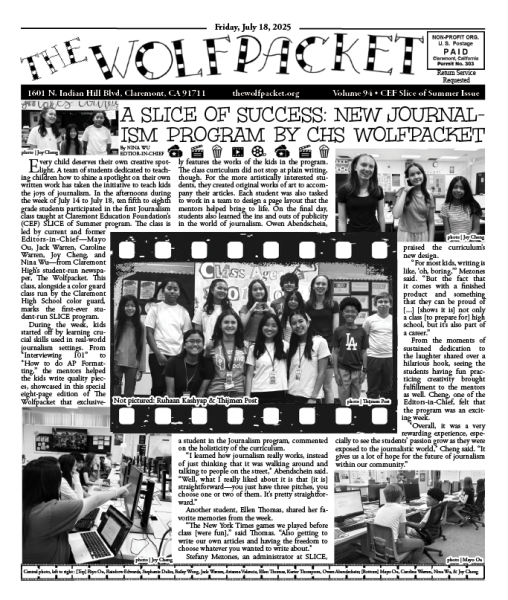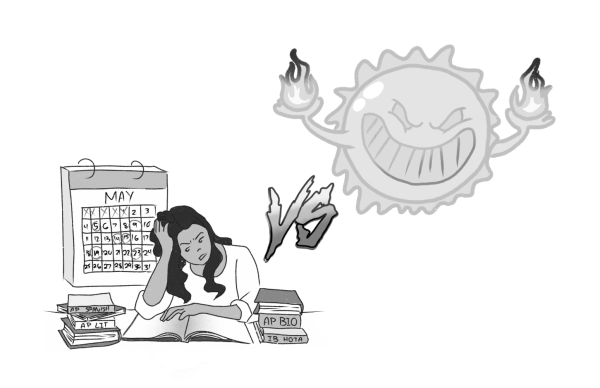Fake News and Its Real Consequences

Hillary Clinton is a demon sent from hell to destroy America while her husband Bill is a serial rapist who should be killed. This was a premise of just one of the many fake news stories that populated the internet in 2016 pertaining to the election. America just experienced one of the most unpopular and divisive elections in history. According to a national study done by the Roper Center, no major candidate party members had previously had a double digit negative “favorability” rating until this election. Many people voted Donald Trump over Hillary Clinton as the supposed “lesser of two evils,” and vise versa. The unpopularity of the two respective party candidates resulted with a higher percentage of voters choosing the likes of Bernie Sanders and other radical political entities that burst onto the national scene to be their candidate. This election was truly like none other and one of the major themes during this election was the abhorrent circulation and absorption of fake news.
From “FBI agent suspected in Hillary email leaks found dead in apartment in murder-suicide” to “Trump’s history of corruption is mind-boggling,” fake news has been a hot topic. Buzzfeed reporter Craig Silverman compared 20 news sources that published false news and discovered that there was an increased level of engagement for the fake articles than the real ones.
“To see that the leading fake news site getting the most engagement had only been registered months before, and its top four fake stories got more Facebook engagement than the top four election stories from The Washington Post, I mean, that was really surprising,” Sullivan said.
A part of this problem was also how easy it is for fake news to get circulated online and how many adults use social media as their main news source. The Pew Research Center found that 38% of adults used the internet as their chief news source in 2016. The problem with the reality of this statistic is how easy it is to distribute fake news over social media specifically. All one needs to do is make a deceptive title and publish the false article that will then be shared across many online platforms.
The world is not completely new to unreliable news. There have always been tabloids and far fetched stories, like “Bush on Cocaine in the White House” or “Oparah Only Three Years to Live,” but it is only now that social media and an increased reliance on the internet has made fake news ever more popular. This new internet based phenomenon indiscriminately affects all age groups because the internet is used by all generations. A study from Stanford University accessed over 7,000 students from 12 different states and concluded that a majority of students could not effectively filter the credibility of information they found online. Fake news is very powerful and will no doubt play a part on elections and public opinion in the future.
Hello there! Our goal is to provide relavent, engaging journalism for readers of all ages. Your donation will support the student journalists of the Wolfpacket at Claremont High School, and will allow us to purchase equipment, print our monthly issues, and enter in journalism competitions. We appreciate your consideration!

Kamran Curlin is a devoted member of the Wolfpacket. He is brother to his two sisters and brother who is now on the Wolfpacket also. He loves to listen...






